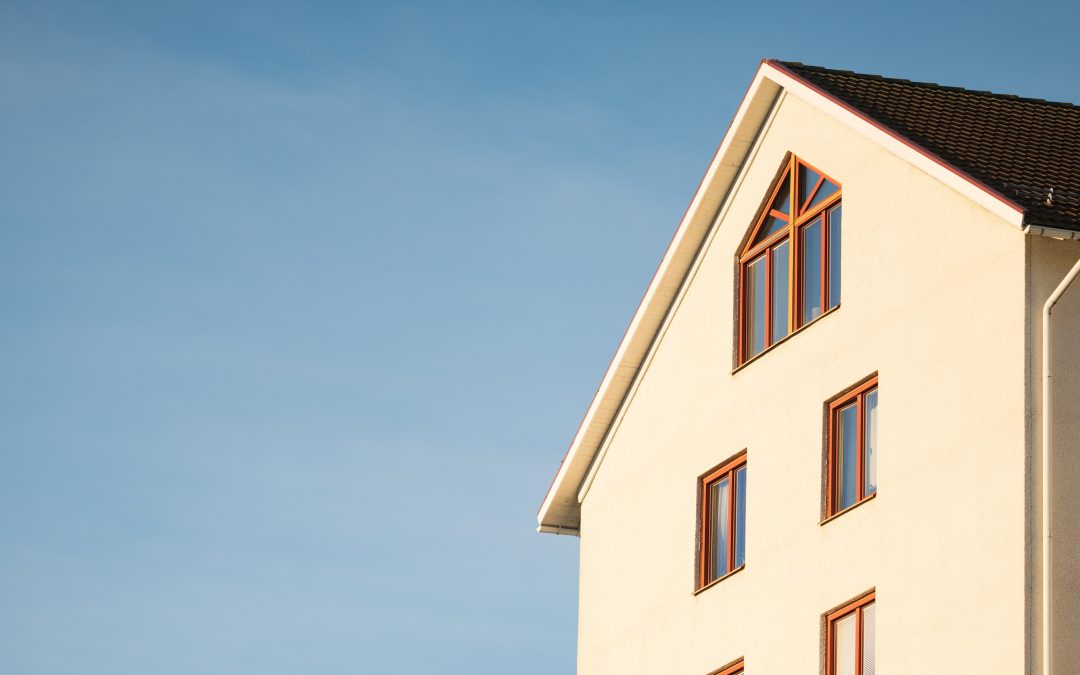While buying property is likely to be the best investment you make in your life, there’s an element of financial risk too. Once your home’s yours, it’s yours – meaning it’s your responsibility to fix anything that goes wrong. Depending on the issue, this can often be rather costly!
This is why it’s so important to spot property defects before you go through with the purchase. Knowing what you have in store, you’ll be able to budget for any work that needs doing, and maybe even negotiate the price of the property. To ensure you’re fully in the know, a homebuyer survey from a trusted building surveyor is key – but it certainly doesn’t hurt to brush up on the main things to look out for.
Inadequate ventilation
Modern repair techniques often encourage the reduction of natural ventilation into living accommodation as a means of improving energy efficiency, it is often harmful to reduce ventilation into older buildings. Reduced ventilation can give rise to damp, condensation and timber decay.
When windows are replaced and efforts are made to reduce air flow from outside into the property and vice versa there is a real danger that condensation problems can occur in an old house. This should be considered when all repair works are undertaken.
Without proper ventilation, moisture can’t evaporate – so even if you can’t see the effects right now, you will have problems sooner or later. This is one of the most common causes of condensation and damp in older properties.
How do you assess the ventilation? As a starting point, check that the roof has vents, windows for trikle vents, have any unused chimney breasts been vented, are there extract fans in the bathrooms and kitchens. More sophisticated Positive Input Ventilation (PIV) system are another great way of improving ventilation.
Mould growth is often a tale tale sign of dampness caused by condensation.
Dampness
Damp can be caused by multiple building and plumbing problems that allow moisture into the property. It might be a result of poor ventilation, a leaking roof, defective weatherproofing, failing appliances, failed DPCs or even salt contamination of plaster or brickwork.
As problems go, the signs of dampness are relatively easy to spot. Watch out discoloured patches on walls and ceilings, salts forming on plaster and deterorated plaster.
Roof damage
The roof is a fairly forgettable part of a property once you’re indoors – and if it’s in good working order, you’ll rarely think about it at all. But if it’s damaged, it’ll soon have a domino effect on lots of other elements of the property, from rising energy bills to hazards surrounding the house.
Again, spotting any moisture inside the home is a telling sign that something isn’t right – whether that’s leaks in the attic or the sounds of dripping water. Displaced tiles in the garden should also be a serious concern. Loose ridge and hip tiles are a common culprit as are flat roofs and sloping valleys.
Structural movement
Structural movement is very common in buildings and normally not something to be overly concerned by, slight cracking is often caused by relatively benign items such as slight temperature changes and associated thermal movement – but it can be more serious when it’s caused by progressive foundation movement, cavity wall tie failure or inadequate support above openings. In most instances it is wise to seek the advise of a Chartered Surveyor
Cracks in the wall, tilting chimney stacks or gaps where walls and floors should join are all symptoms of structural movement. Leave them unattended and the house will eventually become dangerous and uninhabitable, so it’s best to deal with issues in the earliest instance.
Incorrectly fitted windows or doors
You want to keep the outside out, and the inside in – otherwise you’ll have endless ongoing problems with temperature control, and sky-high energy bills.
When you visit the property, drafts might be instantly apparent when you stand near the windows and doors, so keep this in mind as you walk around.
Poor drainage
Inadequate drainage doesn’t just result in unsightly leaks – it can cause serious damage to the structure of the house. Over time, the pressure of water draining too close to the property will lead to cracks in the foundations, plus mould, dampness and a whole other number of problems. Defective, leaking drains are one of the most common causes of subsidence in Manchester’s housing stock
Keeping an eye out for these surface issues will help you identify some main problem areas early on – but please remember that some issues are much more easily disguised as they are often concealed underground. A Manchester building surveyor will tell you when to seek further advise.
They can advise on the seriousness and cost of repairs, and give guidance on future maintenance.
Request an instant quote on your house survey from Torus Chartered Surveyors. Let us know the services you need, a few property details, and we will let you know how much your house survey will cost.”

